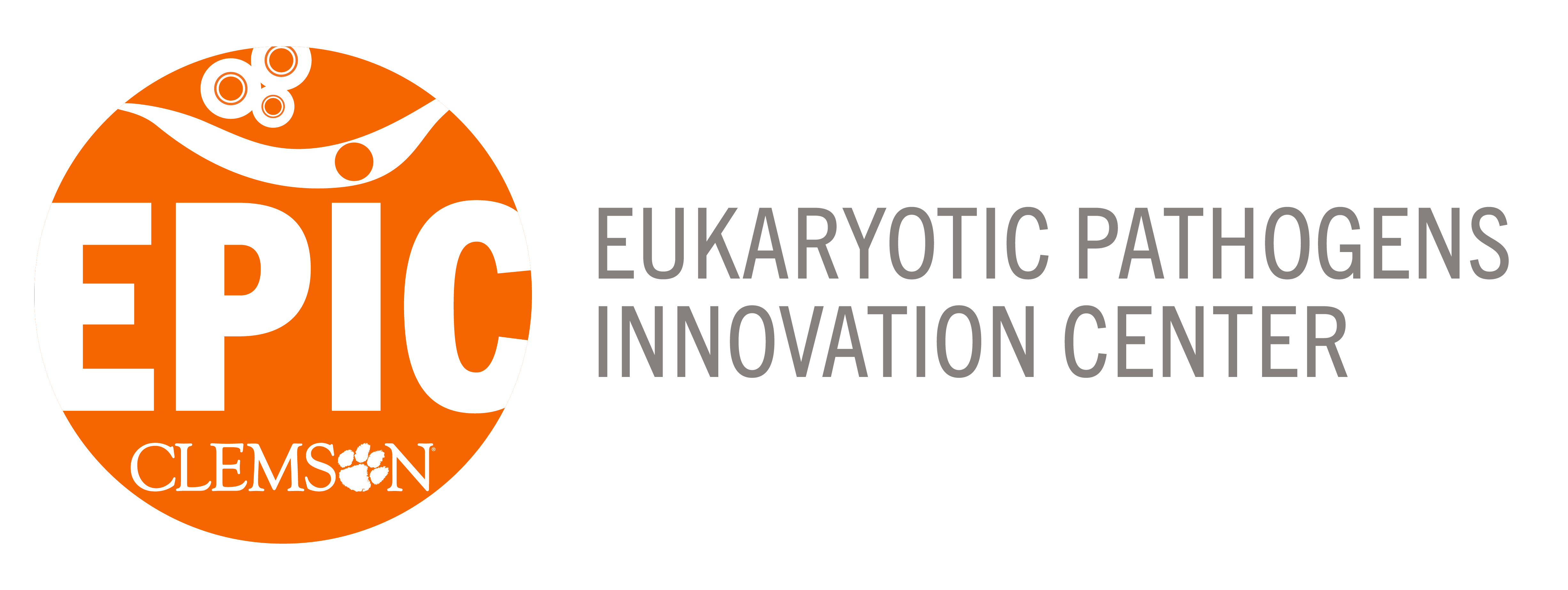Project 1: Functional roles of ncRNA afu-182 in azole response and pathobiology of Aspergillus fumigatus
RPL: Sourabh Dhingra, PhD
Invasive pulmonary aspergillosis (IPA) caused by Aspergillus fumigatus is a major cause of morbidity and mortality in immune-compromised patients despite the availability of antifungal drugs. The global emergence of azole drug resistance is a major factor contributing to poor disease outcomes; however, azole drug-resistant A. fumigatus isolates contribute to only about 5% of infections. A major gap in knowledge is how azole sensitive isolates tolerate azole drugs and contribute to poor disease outcomes with mortality rates in excess of 50%. To this end, we have identified an uncharacterized long non-coding RNA (lncRNA) afu-182 that negatively correlates with azole drug response and is a driver of azole drug tolerance in the laboratory and clinical isolates. In this proposal, we will use genomics, genetics, biochemical approaches to define the mechanism of afu-182 mediated azole drug tolerance in A. fumigatus.
Project 2: Assessing the impact of ABCA1 and ABCG1 expression on T. brucei infection
RPL: Alexis Stamatikos, PhD
Trypanosoma brucei is a kinetoplastid parasite that causes African trypanosomiasis disease in humans. African trypanosomiasis, also known as African sleeping sickness, is considered a neglected tropical disease. If left untreated, African sleeping sickness is considered to be 100% fatal. Treatments for African sleeping sickness are notorious for causing adverse effects in patients and some of these side effects can result in patient death. Humans mount a pro-inflammatory immune response upon being infected with Trypanosoma brucei and the elicited immune response appears to be partially mediated by toll-like receptor activation from Trypanosoma brucei surface molecules that serve as toll-like receptor ligands. However, it is not entirely elucidated whether this type of toll-like receptor-mediated immune response is either beneficial or deleterious during the initial stages of Trypanosoma brucei infection. The transporters ABCA1 and ABCG1 function to remove intracellular cholesterol via participating in cholesterol efflux, resulting in the disruption of lipid-rafts. This process is anti-inflammatory, since activated toll-like receptors need to first translocate into lipid-rafts to trigger a pro-inflammatory immune response. Therefore, manipulating expression of ABCA1 and/or ABCG1 may influence Trypanosoma brucei pathogenicity and virulence through modulating toll-like receptor-mediated activation upon Trypanosoma brucei infection. The overall goal of this project is to determine whether ABCA1/ABCG1 expression impacts the pro-inflammatory immune response that occurs from Trypanosoma brucei infection.
Project 3: Evaluating Anti-Parasitic Diazocyclobutenes
RPL: Daniel Whitehead, PhD
Human African trypanosomiasis (HAT) is a neglected tropical disease that is endemic to sub-Saharan Africa, where millions are at risk for infection. The disease, which is caused by the eukaryotic pathogen Trypanosoma brucei, is typically fatal if untreated. Several therapeutic strategies are available, but outside of fexinidazole, these drugs are marred by relatively high toxicity, serious side-effects, and emerging resistance. Thus, there is a need for novel therapeutic strategies to treat this disease, and those caused by related organisms such as T. cruzi (American trypanosomiasis) and Leishmania spp. (leishmaniasis). Another protozoan target of our efforts, Trichomonas vaginalis, causes the most prevalent non-viral sexually-transmitted infection in the United States (ca. 3 million cases) with in excess of 120 million cases worldwide. Recently, we discovered a straightforward (one-step) route to synthesize a novel class of compounds, the diazacyclobutenes (DCBs), and we determined that some of them have potent anti-trypanosomal activity. The central goals of this proposal are to further explore the structureactivity relationship of these compounds as anti-trypanosomal agents, to uncover their mode of action in trypanosomes, and to explore their utility against another common parasite, Trichomonas vaginalis.
